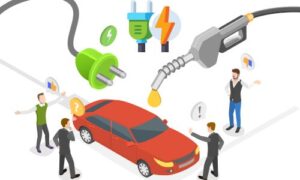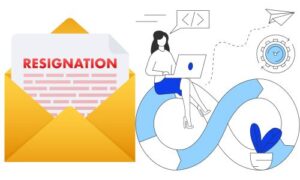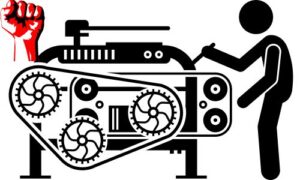R is a powerful and versatile programming language for data analysis and statistical computing. If you aspire to become a data science rock star, mastering R is an essential step on your journey. In this R tutorial, we will explore the key concepts and resources that will help you harness the full potential of R for data science, with reference to the resources provided by Allhomeworkassignments.com and Statisticshomeworktutors.com.
Why Learn R for Data Science?
R offers several compelling reasons for data scientists to choose it as their primary tool:
- Statistical Power: R was built by statisticians, for statisticians. It boasts a wide range of statistical functions and packages, making it a statistical powerhouse.
- Data Visualization: R’s data visualization capabilities are exceptional. Tools like ggplot2 allow you to create stunning and informative data visualizations.
- Community and Packages: R has a vast and active community of users and developers. This has led to a rich ecosystem of packages for various data science tasks.
- Reproducibility: R promotes reproducibility in data analysis. You can create scripts and reports that make your work transparent and replicable.
- Integration: R seamlessly integrates with other data science tools and languages like Python, SQL, and Hadoop.
Key Concepts in R:
To become a data science rock star with R, you should grasp the following key concepts:
1. Data Structures:
- Learn about essential data structures in R, including vectors, matrices, data frames, and lists. These are the building blocks of data manipulation.
2. Data Manipulation:
- Master data manipulation techniques using functions like
subset,merge,dplyr, andtidyr. This is vital for cleaning and transforming data.
3. Data Visualization:
- Explore the world of data visualization with packages like ggplot2. Create informative plots and charts that tell a story.
4. Statistical Analysis:
- Understand statistical concepts and perform various analyses using functions like
lm(linear regression),t.test(t-tests), and more.
5. Machine Learning:
- Delve into machine learning with packages like
caretandrandomForest. Learn how to build predictive models and perform classification and regression tasks.
6. Reporting and Presenting Results:
- Discover tools like R Markdown that allow you to create dynamic reports, combining code, analysis, and explanations in a single document.
Resources for Learning R:
- Online Courses: Websites like Coursera and edX offer data science and R programming courses. The Johns Hopkins Data Science Specialization is a popular choice.
- Books: Books like “R for Data Science” by Hadley Wickham and Garrett Grolemund are excellent resources for learning R.
- Online Communities: Join R-related communities like Stack Overflow, RStudio Community, and Cross Validated to seek help and share knowledge.
- RStudio: RStudio is an integrated development environment (IDE) that simplifies R programming. It’s a must-have tool for data scientists using R.
- R Packages: Explore and experiment with various R packages for data analysis, visualization, and machine learning.
- Blogs and Tutorials: There are numerous blogs and online tutorials dedicated to R programming and data science. Websites like Allhomeworkassignments.com and Statisticshomeworktutors.com offer valuable insights and guidance.
Conclusion:
Mastering R for data science can elevate your skills and career in the field of data analysis. R’s extensive capabilities, strong community, and versatility make it a valuable asset for any aspiring data scientist. By understanding the key concepts and leveraging the available resources, you can use R to become a data science rock star and tackle complex data challenges with confidence.






